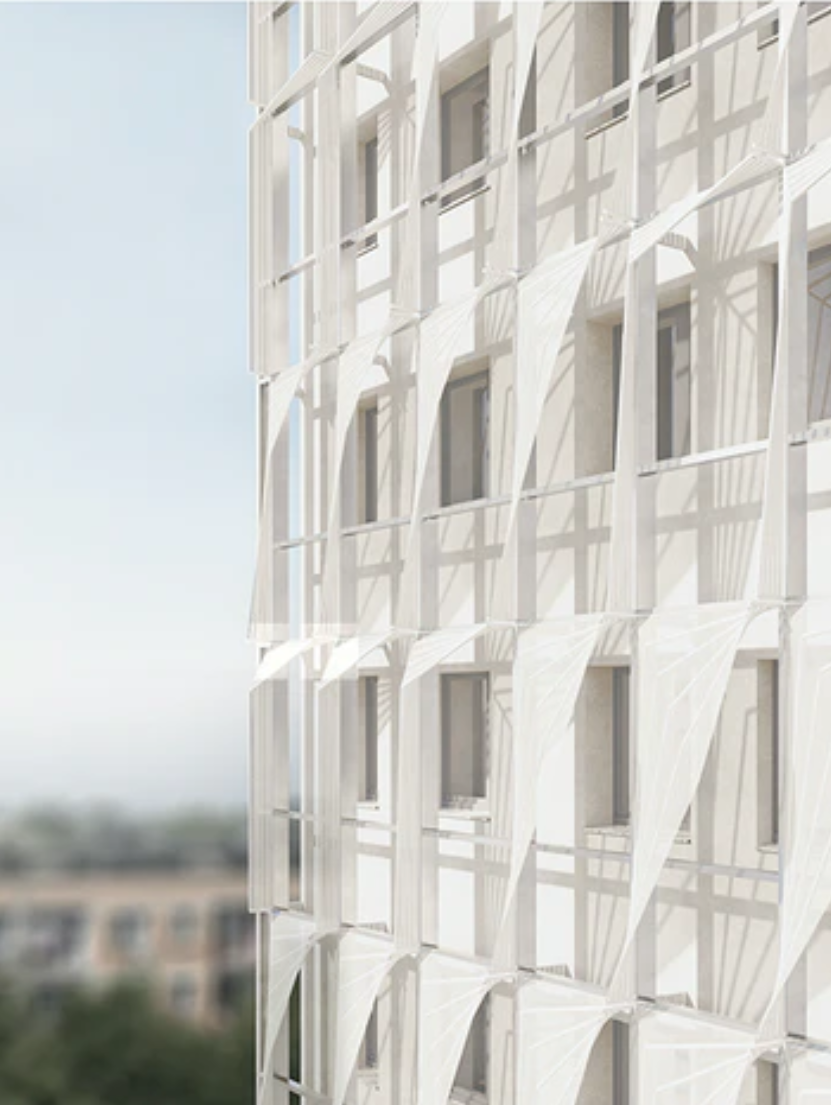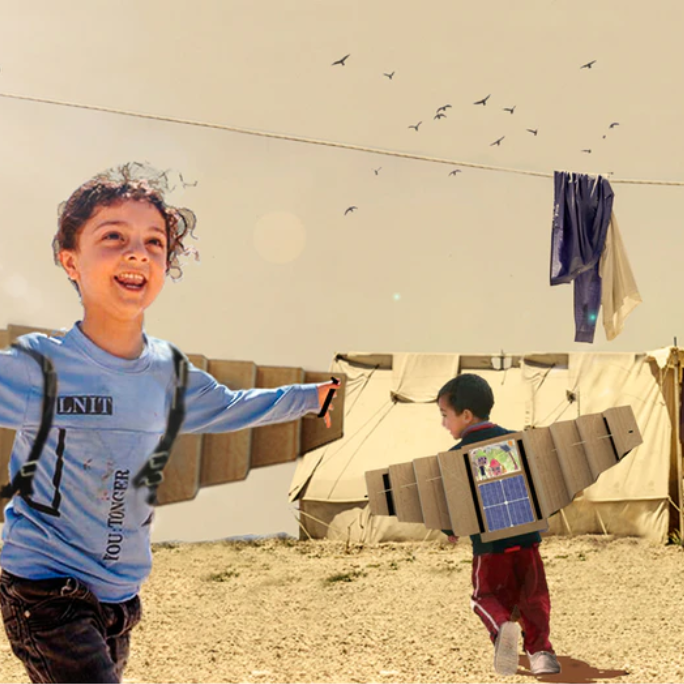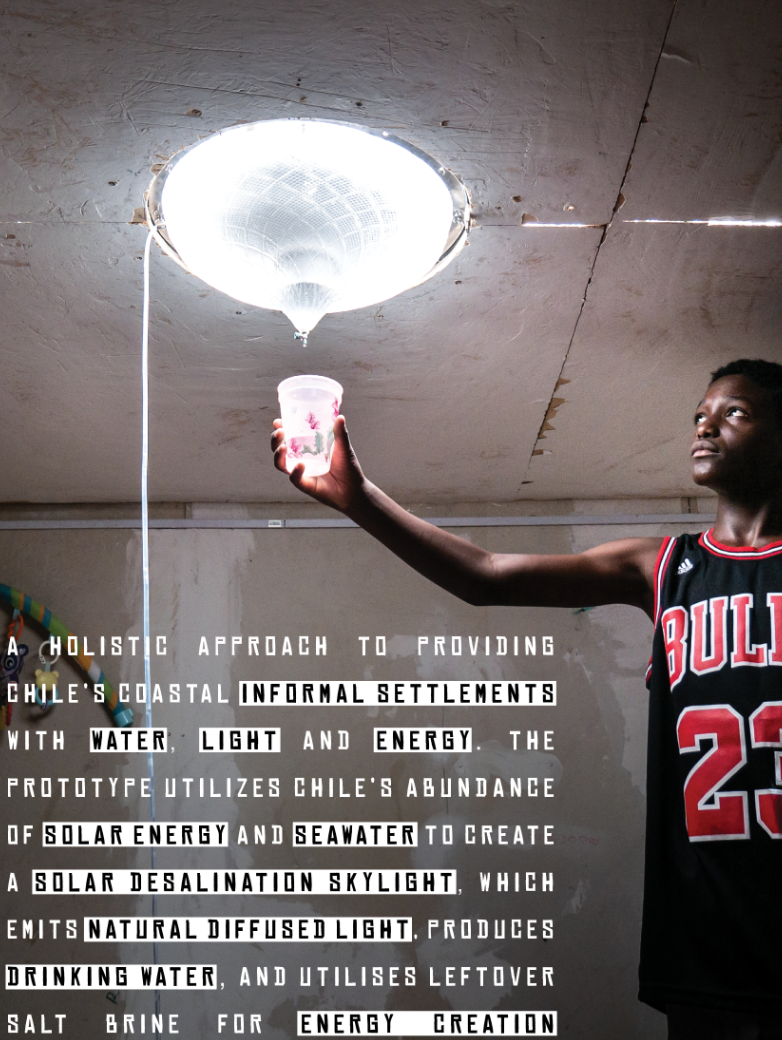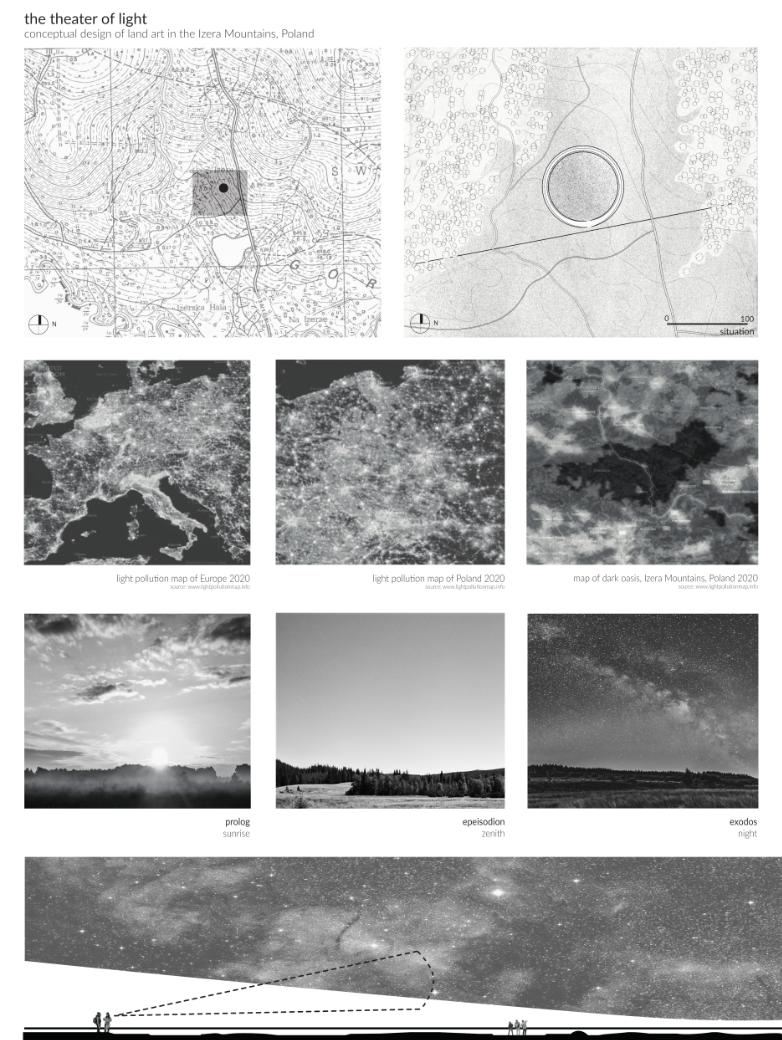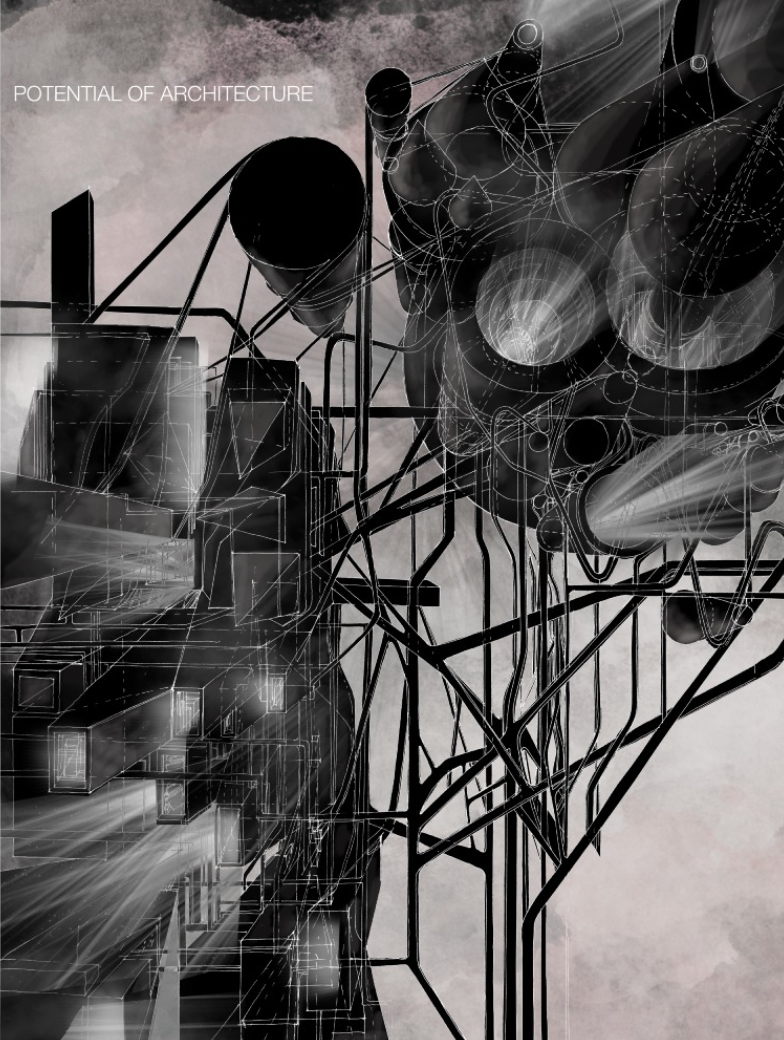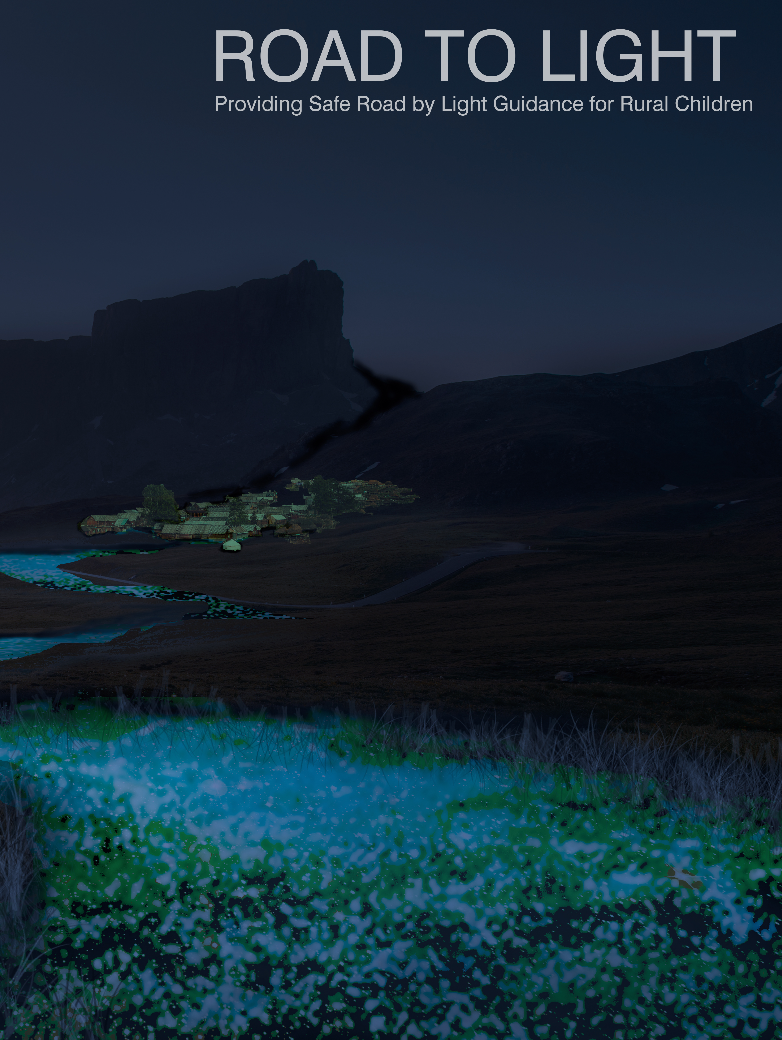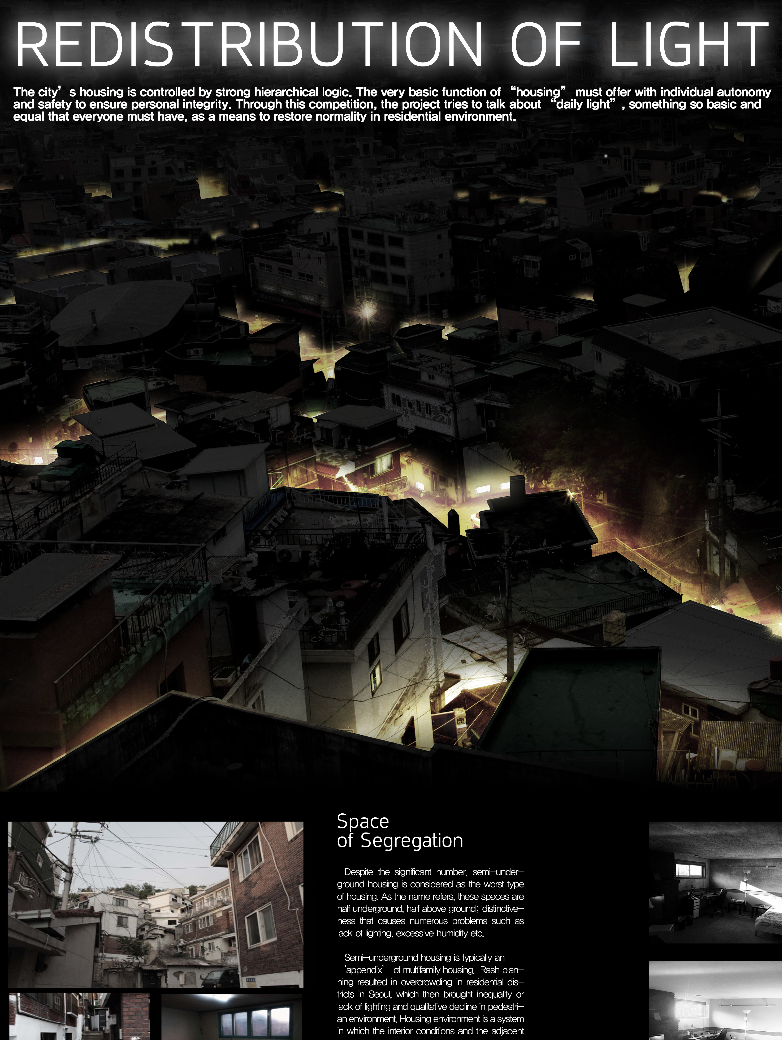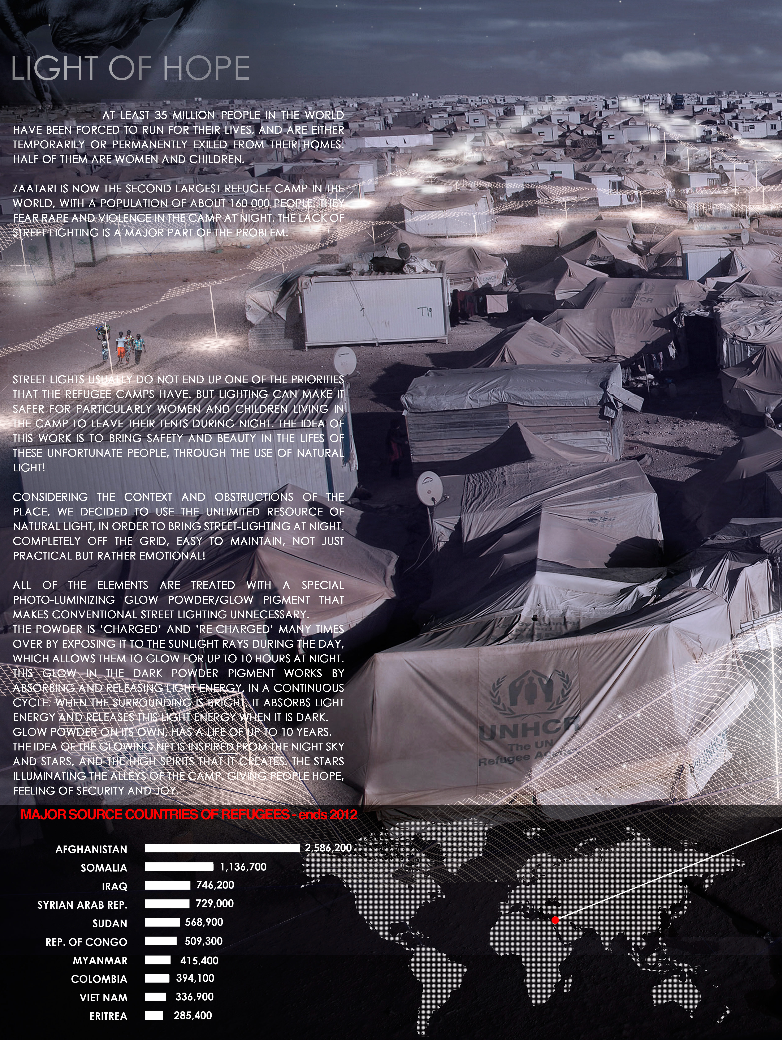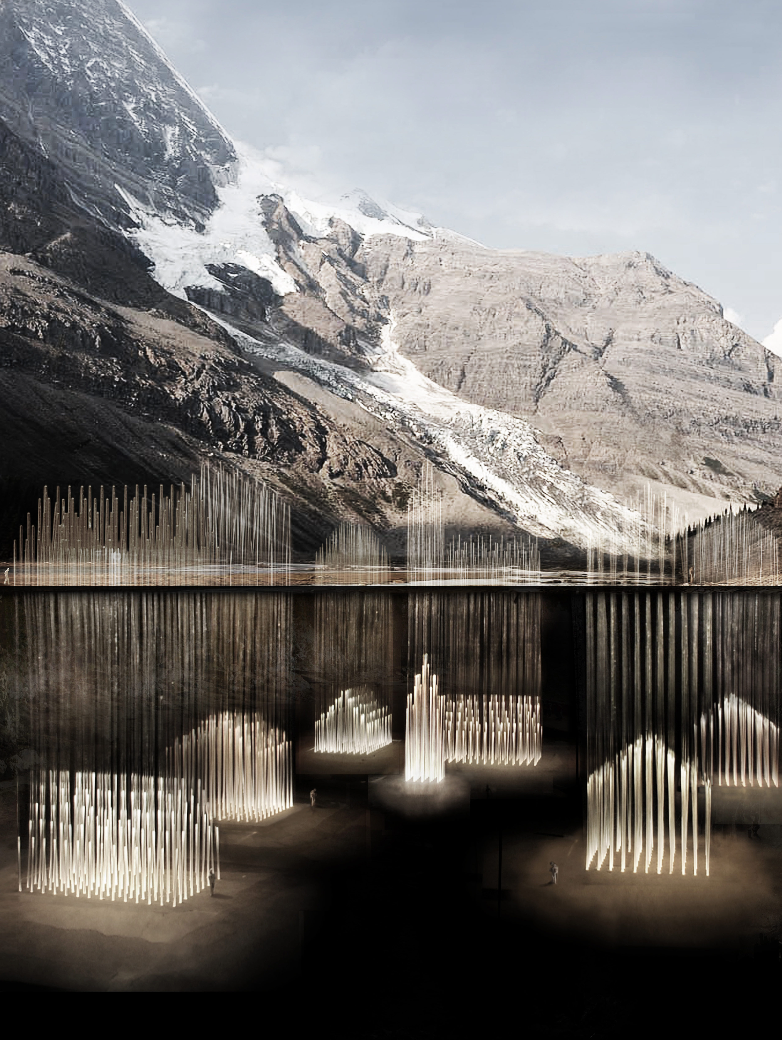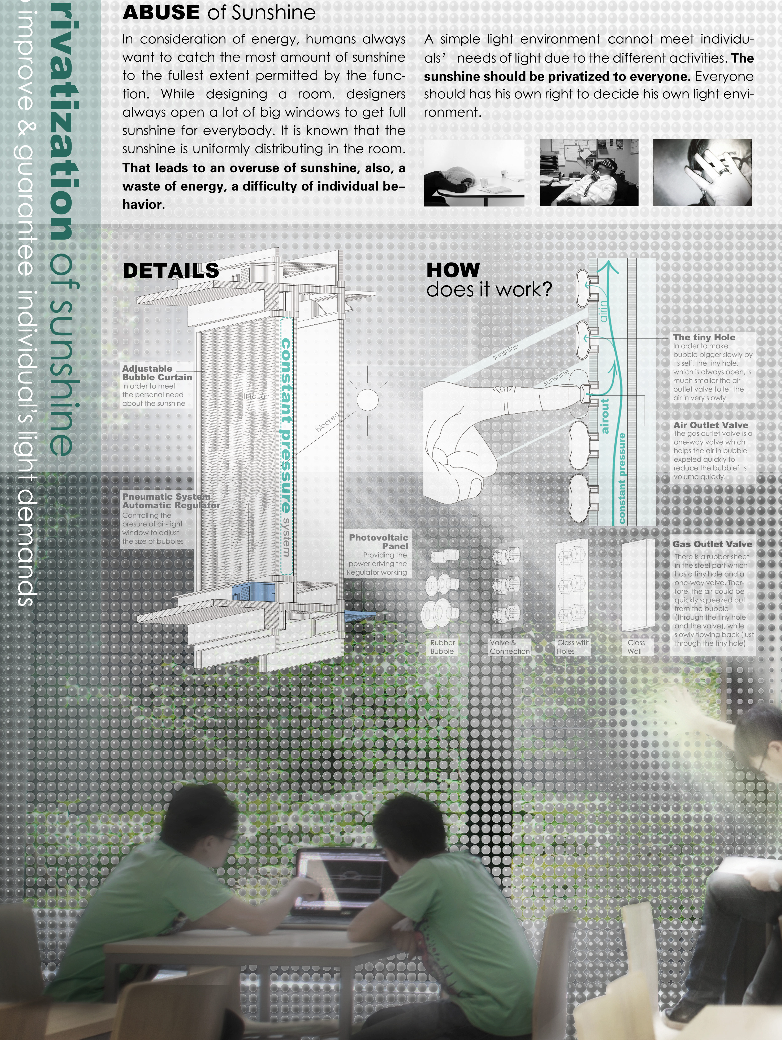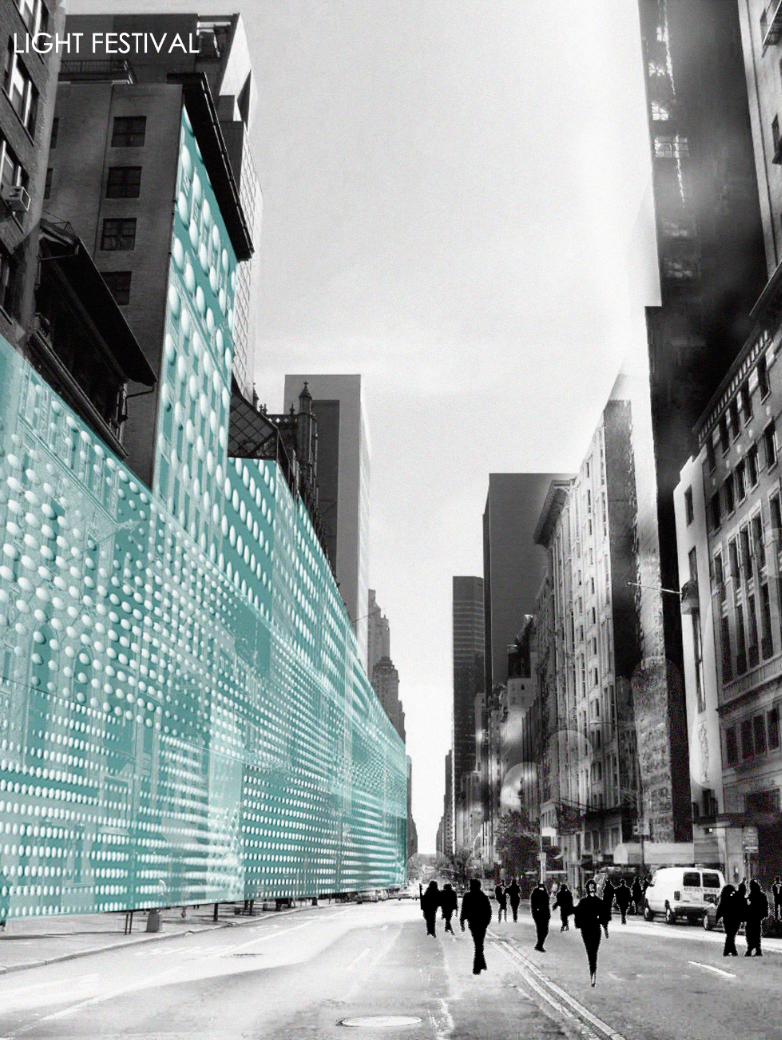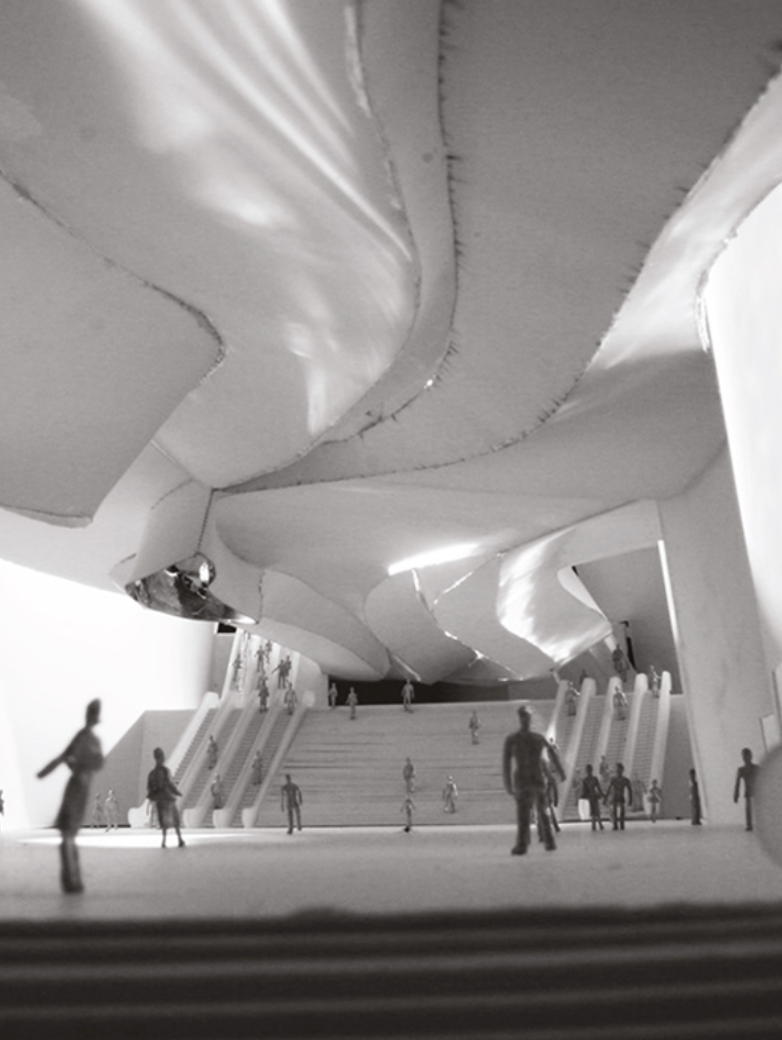2024 - Ponto de Luz
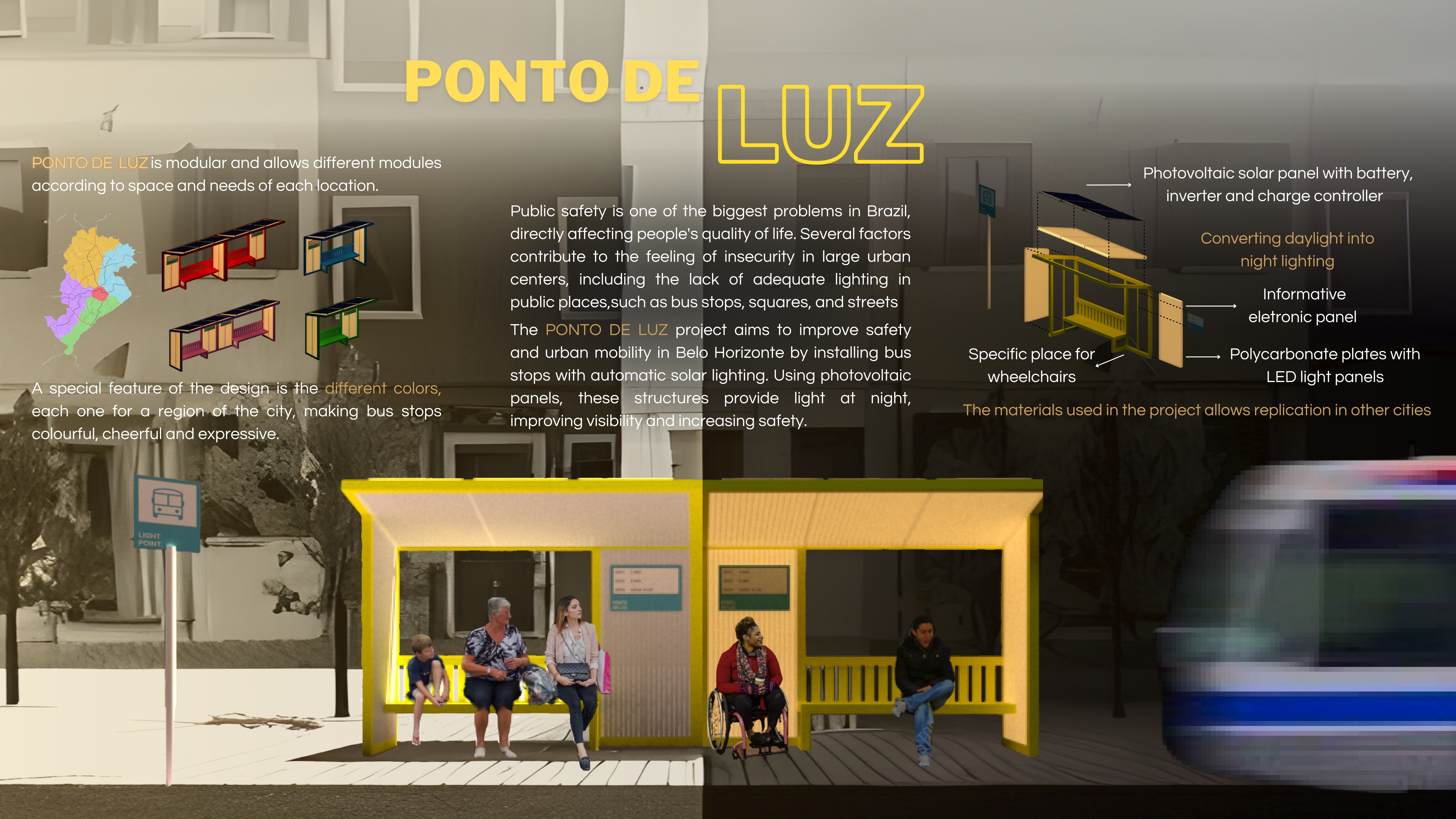
Category
Daylight Investigations - Region 3: The Americas
Students
Arthur Bernardo Alves Martins, Anna Clara Ferreira Guimarães & Maísa Imáfilos Santos
Teacher
Cristiano Cezarino Rodrigues
School
Universidade Federal de Minas Gerais
Country
Brazil
Download
Download project board
Public safety is one of the biggest problems in Brazil, directly affecting people’s quality of life. Several factors contribute to the feeling of insecurity in large urban centers, including the lack of adequate lighting in public places, such as bus stops, squares, and streets. In Brazilian cities, crime is a constant concern, since robberies and assaults are more common in dark areas, where visibility is low, and the presence of witnesses is reduced. In this context, poorly lit bus stops become easy targets for criminals, putting the security of citizens who depend on public transport at risk, especially at night. Thus, unfortunately, poorly lit bus stops become areas of social vulnerability, where citizens are exposed and unsafe at night, while waiting for public transport. In addition to crime, the lack of lighting has a negative impact on urban mobility, since most people avoid going out at night or change their routes and schedules to avoid dark areas, limiting their urban life to essential activities (apart from bohemian areas, which offer open and illuminated bars and restaurants at night). It is important to mention that investing in improving public lighting is an essential measure to increase protection. Well-lit cities tend to have lower crime rates and more free use of public spaces, with increased mobility and social cohesion, as it is only with a greater flow of individuals that the environment becomes welcoming and inviting, and that encourages nocturnal activity, creating a virtuous cycle of protection and well-being. Another benefit is improved visibility for drivers and pedestrians, which helps to prevent accidents, as there is a guarantee that conductors can see waiting passengers, and walkers move more smoothly in boarding and disembarking areas. With this Brazilian problem in mind, especially in the project’s focus city, Belo Horizonte, in the Brazilian state of Minas Gerais, PONTO DE LUZ (LIGHT POINT) is a project that focuses on ensuring lighting at bus stops, seeking to guarantee more safety and visibility at night for the population in Brazilian cities, resulting in an increase in the future use of public roads, the feeling of security and the enjoyment of the city at night. Designed to be used as a conventional bus stop, PONTO DE LUZ’s main differential is its automatic night lighting. The project’s design focuses on the use of photovoltaic solar panels, attached to the roof of bus stops, which charge during the day (considering that in Brazil around 200 to 250 days are sunny, depending on the region), and at night they illuminate the place, increasing people’s well-being. Furthermore, the bus stop was designed to be inviting for those waiting for transportation, having a bench with a comfortable backrest and a specific place for wheelchairs, intended for people with mobility disabilities. On the left-hand side of the bus stop there is also a “wall” to protect against the excessive sun during the day, which provides shade for those who are sitting and serves as a backrest for those who want to stand. In addition, the furniture has an identification plate, showing which bus routes pass through the respective location, and an electronic panel predicting bus arrival and waiting times. Speaking specifically about the solar panel attached to the roof of the bus stop, it is a photovoltaic solar module that captures energy from the sun and converts it into electrical energy through semiconductor material cells. For the system to be efficient, it is necessary to obtain a 500W photovoltaic panel, a 5V capacity battery, 30W light bulbs, a 50W information panel and an estimated daily consumption of 1.56 kWh. Additionally, it is essential to include a charge controller to regulate the energy and an inverter to convert direct current into alternating current. In conclusion to what has been said, the bus stop also guarantees versatility, as it can be configured into different modules, depending on the space and needs of each location. The material used, steel, is highly resistant, durable and can be easily replicated in other cities in Brazil and around the world, and the polycarbonate plates allow the transmission of LED light at night, as well as bringing lightness to the design. Finally, seeking to make the cities’ environment more colorful and cheerful, and less chaotic, the PONTO DE LUZ’s design proposal has main colors (each one for a different region of Belo Horizonte, Brazil), so that the bus stops are distinct from each other, while at the same time can make the city safer and more expressive.
